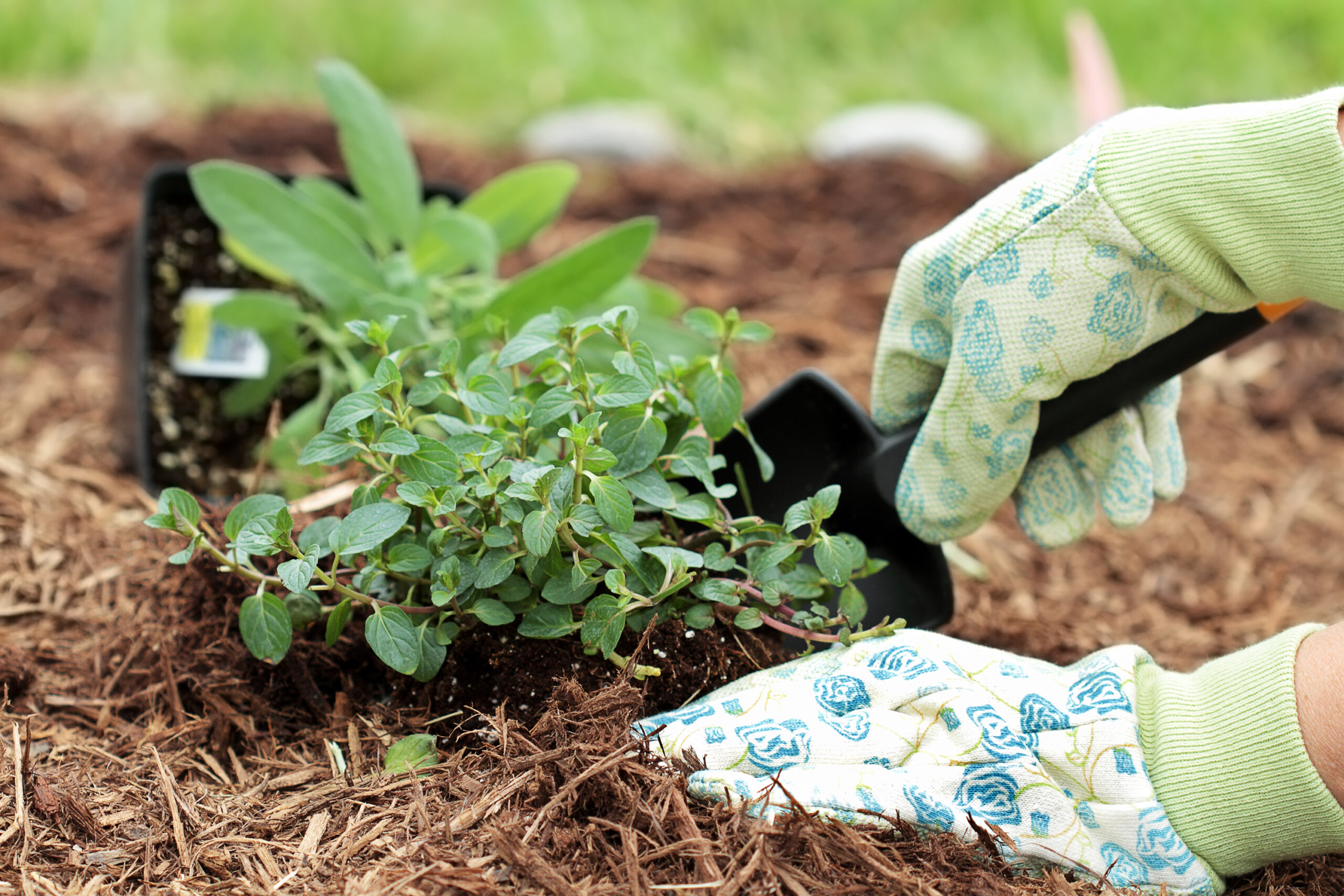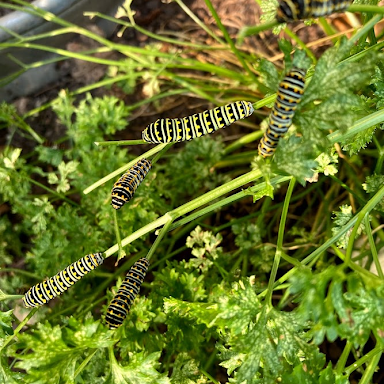
Winterizing Herbs
October 2021
As daily temperatures and sunlight decrease you may be wondering if your herbs will survive. With the right care, many of them can!
Tips to Help Herbs Survive Fall and Winter:
If your herbs are indoors…
- Keep them indoors in a nice sunny spot. The best growing temperature is 60-70F. If an extra cold night is predicted, pull your herbs away from the window about 6 inches to keep them cozy. It’s also a good idea to move herbs away from any heat vents to avoid drying out.
If your herbs are outdoors, a few options are…
- Dig them up and bring them inside. You can do this in stages. Transfer your herbs to pots, water well, leave the pots outside in partial shade for 1-2 weeks, and then bring them in. This is especially recommended for your parsley.
- Leave cold-tolerant herbs outside and winterize. A layer of organic mulch 2-3 inches thick around the base of the plant will help protect the roots from cold damage. In the spring, you should see new growth emerge. This technique works well for chives, oregano, and thyme but will not work for tender annuals like basil.
- Take cuttings and root them indoors. Herbs like basil, rosemary, and lavender can grow roots easily from clippings.
- Cut at a node (where leaves attach to the stem) around 4-6 inches from the top of the plant.
- Remove lower leaves. Place in water.
- After a few weeks, roots should appear, and it’s ready to be planted in a pot with soil.
Parsley is so delicious that sometimes black swallowtail caterpillars eat it down to the stems in a matter of days. Amazingly, parsley can recover. Harvest and enjoy when the plant looks lush again.
Try this delicious recipe for Parsley Puree. Use it as a dipping sauce, spread on sandwiches, or drizzle on top of a protein!

Follow our Garden to Kitchen blog each month for great tips
and insights on growing and cooking edible plants:
Get this great content delivered directly to your inbox.
Subscribe to our monthly nutrition email newsletter.
